Sometimes equipment releases come a little out of the blue and really take you by surprise, and that was definitely the case for me with the new LIMIT3D iron from Cobra. Essentially what we have here is the world’s first set of commercially available 3D-printed steel irons that are looking to disrupt some of the best irons in golf. There has been a lot of early hype around this set, so here is my take…
From a technology standpoint, we are entering new territory. The goal of this project was to create an iron that looked and felt like a forged blade but offered the playability of one of the best game improvement irons. This seems like a very tall order as a lot of those characteristics are normally mutually exclusive, but Cobra has partnered with nTop, one of the industry leaders in computational design software, and has created a fully 3D printed 318L stainless steel body with a striking lattice structure in the center.
(Image credit: Future)
This lattice structure is really the key as it allows the 33% of the club’s overall weight to be repositioned wider within the head to essentially create internal perimeter weighting and an exceptionally high MOI. 100 grams of tungsten has also been placed in the heel and toe area to lower CG and further enhance the forgiveness of the club.
With regards to the looks, it is difficult to imagine a better-looking iron from a shelf appeal perspective. The head shaping is exceptional and the finish is about as premium as it gets, with the aforementioned lattice structure providing a really interesting and futuristic aesthetic. Down behind the ball once again Cobra has done a great job. The overall profile is excellent with a nicely rounded toe and a flawless transition from hosel to top line.
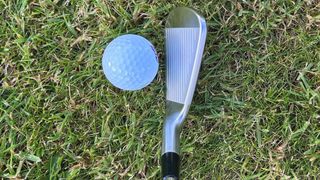
(Image credit: Future)
I would dispute that the LIMIT3D iron looks like a traditional forged blade at address however, as a fairly long blade length and healthy topline make it look more like a TaylorMade P770 or a Titleist T150 to my eye. It is difficult to categorize this iron as it is so unique, but from a looks point of view, I would say it is most comparable to some of the best compact distance irons.
To establish performance, I tested the Cobra LIMIT3D iron at Saunton Golf Club on my FullSwing KIT launch monitor with TaylorMade TP5 golf balls, and the results were intriguing.
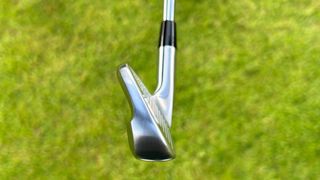
(Image credit: Future)
I had no real idea what I was expecting to see or feel from the LIMIT3D iron, so I went into testing with a very open mind. That said, knowing the 7 iron base loft was 31˚ I had a hunch that it would produce some strong distance numbers and I wasn’t disappointed. An average carry of 186 yards is well above my average and the work that Cobra has done on the CG is clearly effective as I did not struggle to get these irons airborne with an average launch angle of 18.3˚. This facilitated a pleasing peak height number of 111 feet and a perfectly manageable spin of just under 6400 rpm. Impressive stuff, however, the standout feature for me was still to come and it was a genuine surprise.
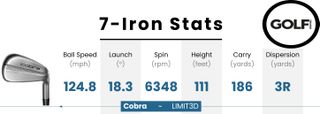
(Image credit: Future)
While I mentioned earlier that these irons didn’t totally give me forged blade vibes in terms of their visuals, I have to concede that the feel is nothing short of remarkable, and when combined with exceptional levels of forgiveness, this iron provides a performance cocktail that I haven’t experienced before.
Impact melts into the face with the buttery softness of any of the best blade irons but also with an added liveliness that is not normally associated with that category. I have never felt an iron that provides so much ball speed with such a tender impact sensation and I was wholly impressed. Furthermore, the levels of forgiveness on offer here are almost unparalleled, standing up to anything I have tested in the best game improvement iron category. Even some of my more severe heel and toe mishits barely interrupted my ball speed averages, aside from a couple of fat shots that the LIMIT3D iron can hardly be held responsible for!
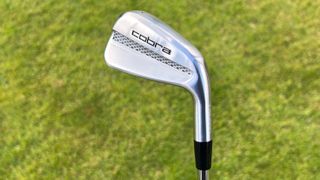
(Image credit: Future)
Due to the minimal offset, I found them relatively workable and thoroughly enjoyed a good few range sessions manipulating ball flights with the LIMIT3D irons.
The elephant in the room however is the price and availability. Coming in at an eye-watering $3000 or £2499 for 4-PW, they won’t be for everyone, which is probably no bad thing, as with only 500 sets available worldwide, they will be very hard to come by.
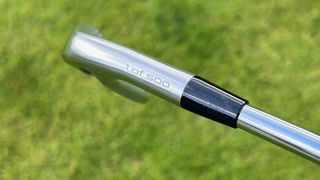
(Image credit: Future)
Those fortunate enough to get their hands on some will find a wide selection of aftermarket shafts and grips available to fine-tune specs.
This feels like a genuine moment in golf club manufacturing. Something has been achieved here that I didn’t know was doable, and let’s not forget, this is the first attempt. If this is a sign of things to come, then I am one very excited equipment tester.

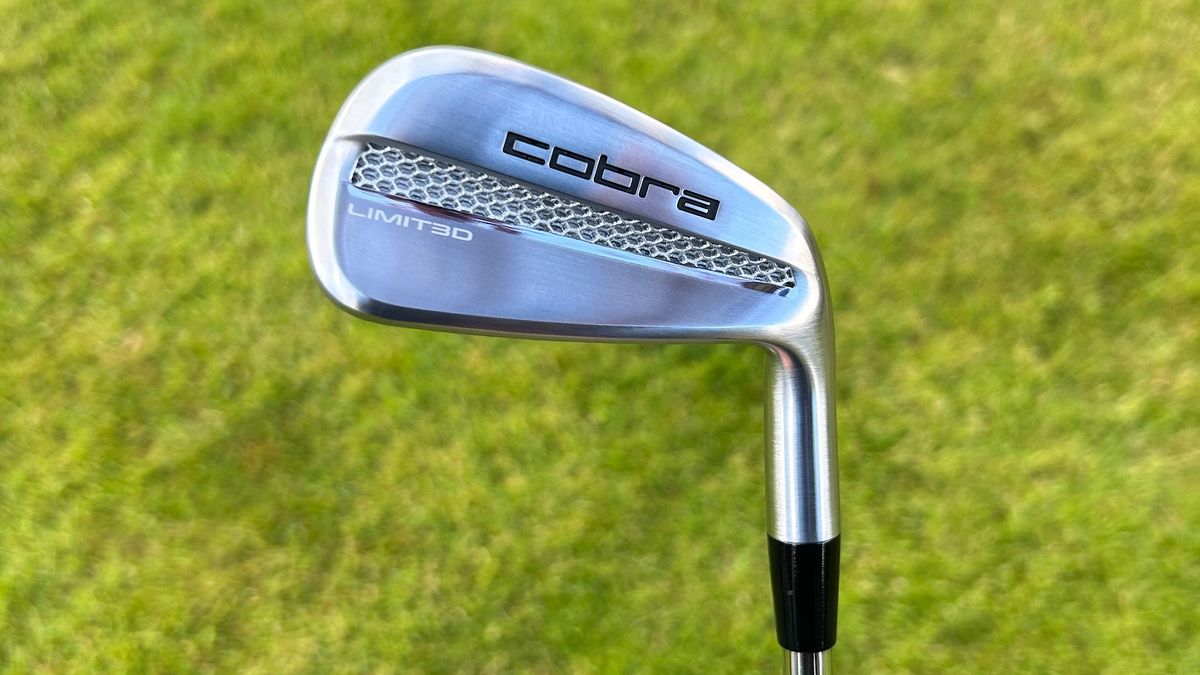

)






